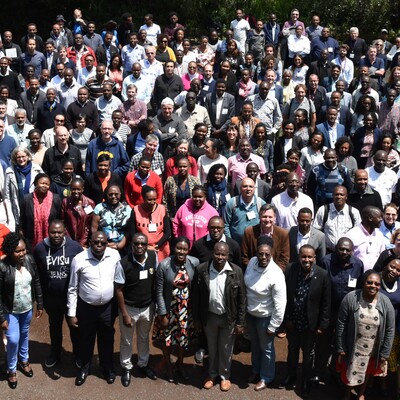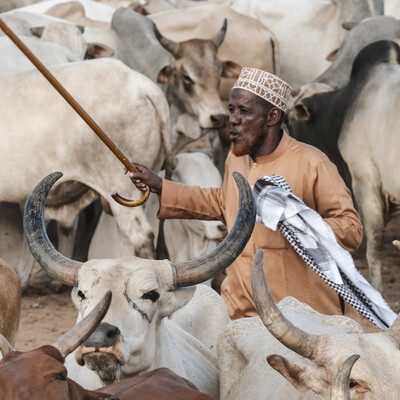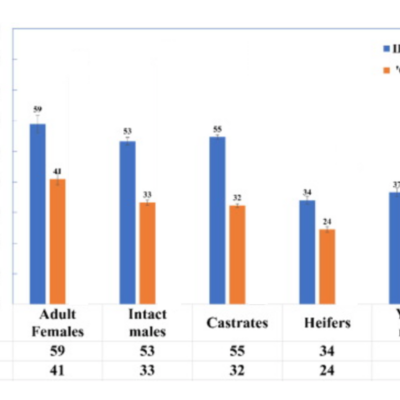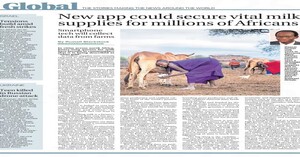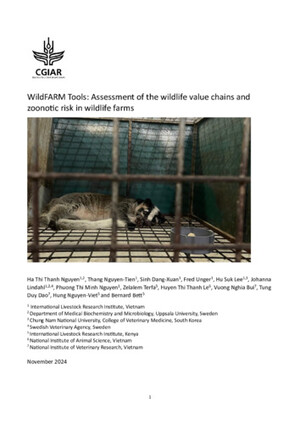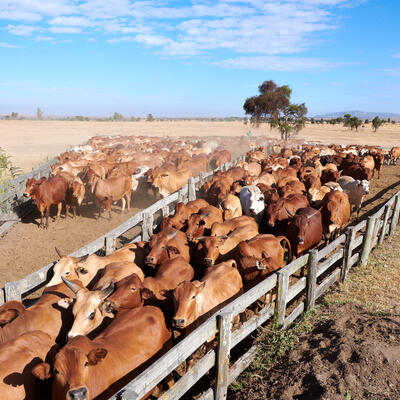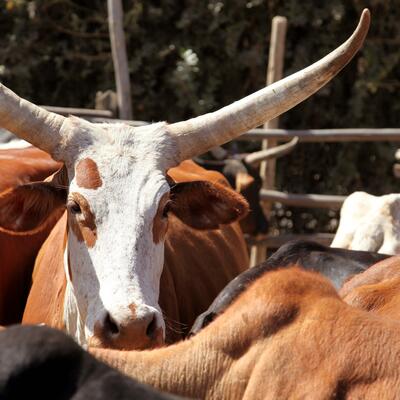
Lessons from web-based monitoring and data management in Africa RISING
 Monitoring and evaluation (M&E) is vital for tracking and measuring project results, timely reporting, and keeping project managers and stakeholders up-to-date about successes and failures.
Monitoring and evaluation (M&E) is vital for tracking and measuring project results, timely reporting, and keeping project managers and stakeholders up-to-date about successes and failures.
For a big program like Africa RISING that focuses on a wide variety of (localized) agricultural innovations and brings together a large number of local and international researcher and organizations, M&E may need to go beyond a traditional paper-and-pencil approach. With project complexity also comes the need for an M&E system that allows regional projects and country teams to track both global and localized socio-economic and environmental indicators that can later be aggregated in meaningful ways to assess program-level outcomes and progress. At the same time, an effective M&E system will need to go beyond tracking household-level indicators and allow researchers to intersect household-level outcomes with various landscape level, biophysical, and economic factors that could affect decisions and outcomes in households.
Over the last four years, Africa RISING has generated a huge amount of data through agronomic trials, household surveys, and focus group discussions, to mention a few. With so much information, it is crucial that data is properly stored and made accessible to researchers and non-researchers alike.
A new Africa RISING evidence brief explains how the International Food Policy Research Institute (IFPRI), in collaboration with Spatial Development International, has developed a web-based Project Mapping and Monitoring Tool (PMMT) to complement offline monitoring activities. Working with the International Livestock Research Institute (ILRI), IFPRI has also enabled researchers to upload data to the ILRI-managed repository (CKAN) where authorized users can access data collected by Africa RISING researchers.





